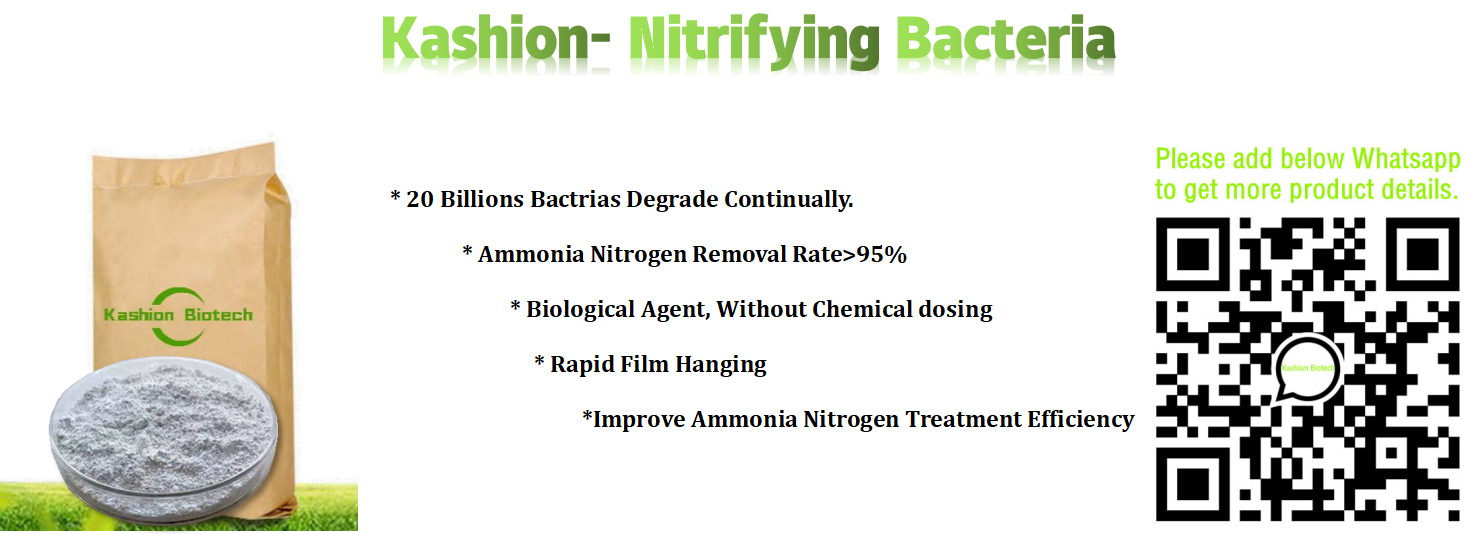How to add carbon source when total nitrogen and total phosphorus exceed the standard?
[Case] The original influent COD: 4800, ammonia nitrogen: 1850, clear liquid discharge: COD: 70, ammonia nitrogen: 0, total nitrogen: 45, total phosphorus: 3.0. At present, the carbon source (methanol) is used to mix the carbon nitrogen ratio with the influent, and the effect is not very ideal. Is there a specific calculation formula for carbon source dosing. How to mix carbon and nitrogen is better.
For the carbon source dosing of nitrogen and phosphorus removal process, the carbon source dosing amount needs to include the carbon source required by biological phosphorus removal. Therefore, the carbon source dosing amount of nitrogen and phosphorus removal is the sum of the two!
1、 Calculation of carbon source dosage in denitrification system
In the nitrification and denitrification system, due to the impact of DO carried by the internal reflux, the actual amount of carbon source added differs greatly from the theoretical value. In operation, it is often calculated according to the empirical formula, which is simple, convenient and fast. The empirical value of the CN ratio of the denitrification system is generally controlled at 4~6. In many times, the intermediate value is used to calculate or the dosage is adjusted by testing the effluent TN!
1. Simple calculation method of external carbon source dosage
The unified calculation formula is:
Cn=5N (Formula 1)
Where
Cn - external carbon source quantity that must be added for nitrogen removal (calculated by COD) mg/l;
5 - 5kg external carbon source (calculated by COD) shall be added to denitrifying 1kgNO-3-N;
N - TN amount to be removed by external carbon source, mg/l
Calculation of nitrogen removal by denitrification with external carbon source
N=Ne Ns (equation 2)
Where
Ne - actual TN concentration of effluent from secondary sedimentation tank mg/l;
Ns - TN discharge standard of secondary sedimentation tank mg/l
2. Case calculation:
Because the building owner did not specify the inflow and discharge requirements, take other cases as an example to calculate: the scale of a municipal sewage treatment plant Q=10000 m3/d, has been built and operated stably, the effluent discharge standard of the secondary sedimentation tank is total nitrogen Ns ≤ 15mg/L, ammonia nitrogen is 0, and the effluent total nitrogen Ne exceeds the standard, Ne=20 mg/L, and the external carbon source is calculated.
Solution: Calculate according to formula (2):
N=Ne-Ns=20-15=5(mgN/L)
Substituting formula (1), we get:
Cn=5N=5 × 5=25(mgCOD/L)
The daily additional COD is required:
Cd=QCn=1 × 10^4 × twenty-five × 10^-3=250(kgCOD/d)
Since the building owner selects methanol as the external carbon source, its COD equivalent is 1.5kgCOD/kg methanol, and the methanol amount is 250/1.5=166kg/d
2、 Calculation of carbon source dosage of phosphorus removal system
The energy produced by phosphorus accumulating bacteria during anaerobic phase is mainly used to absorb low molecular organic matrix as the basis for survival under anaerobic conditions. Therefore, whether the influent contains enough organic matter is an important factor related to the smooth survival of phosphorus accumulating bacteria under anaerobic conditions. It is generally believed that the COD/TP in the influent should be greater than 15 to ensure that the phosphorus accumulating bacteria have enough substrate, so as to obtain the ideal phosphorus removal effect.
1. Simple calculation method of external carbon source dosage
The unified calculation formula is:
Cp=15P-C (equation 3)
Where
Cp - the amount of external carbon source that must be added for phosphorus removal (calculated by COD) mg/l;
15 - CP ratio;
P - TP amount to be removed by external carbon source, mg/l
C - Carbon source difference value of inlet and outlet water (calculated by COD) mg/l
2. Calculation of TP amount to be removed by external carbon source
P=Pe Ps (Formula 4)
Where
Pe - TP concentration of effluent mg/l ();
Ps - TP discharge standard of secondary sedimentation tank mg/l
Calculation of carbon source difference between inlet and outlet water
C=Ce Cs (Formula 5)
Where
Ce - actual COD concentration of influent mg/l;
Cs - COD discharge standard of secondary sedimentation tank mg/l
3. Case calculation:
The scale of a municipal sewage treatment plant Q=10000 m3/d, has been built and operated stably, COD reaches the standard, effluent TP: 3mg/L, TP discharge standard ≤ 1mg/L, and additional carbon source is required.
Solution: Calculate according to formula (4):
P=Pe-Ps=3-1=2(mgN/L)
As the effluent COD reaches the standard, we default
C=0
Substituting formula (3), we get:
Cp=15P-C=15 × 2-0=30(mgCOD/L)
The daily additional COD is required:
Cd=QCp=1 × 10^4 × thirty × 10^-3=300(kgCOD/d)
Since methanol is selected as the external carbon source, its COD equivalent is 1.5kgCOD/kg methanol, and the methanol amount is 300/1.5=200kg/d

3、 Calculation of total carbon source dosage for nitrogen and phosphorus removal
1. Simple calculation method of external carbon source dosage
The carbon source dosage for nitrogen and phosphorus removal is the sum of the carbon source dosage for nitrogen and phosphorus removal! So:
C=Cn+Cp (Formula 6)
Where
C - The amount of external carbon source that must be added for nitrogen and phosphorus removal (calculated by COD) mg/l;
Cn - external carbon source quantity that must be added for nitrogen removal (calculated by COD) mg/l;
Cp - the amount of external carbon source that must be added for phosphorus removal (calculated by COD) mg/l;
2. Case calculation:
Therefore, to sum up the carbon source dosage for nitrogen and phosphorus removal in the above case, the following can be obtained by substituting formula (6):
C=250+300=550(kgCOD/d)
As methanol is selected as the external carbon source, its COD equivalent is 1.5kgCOD/kg methanol, and the methanol amount is: C=550/1.5=366kg/d



